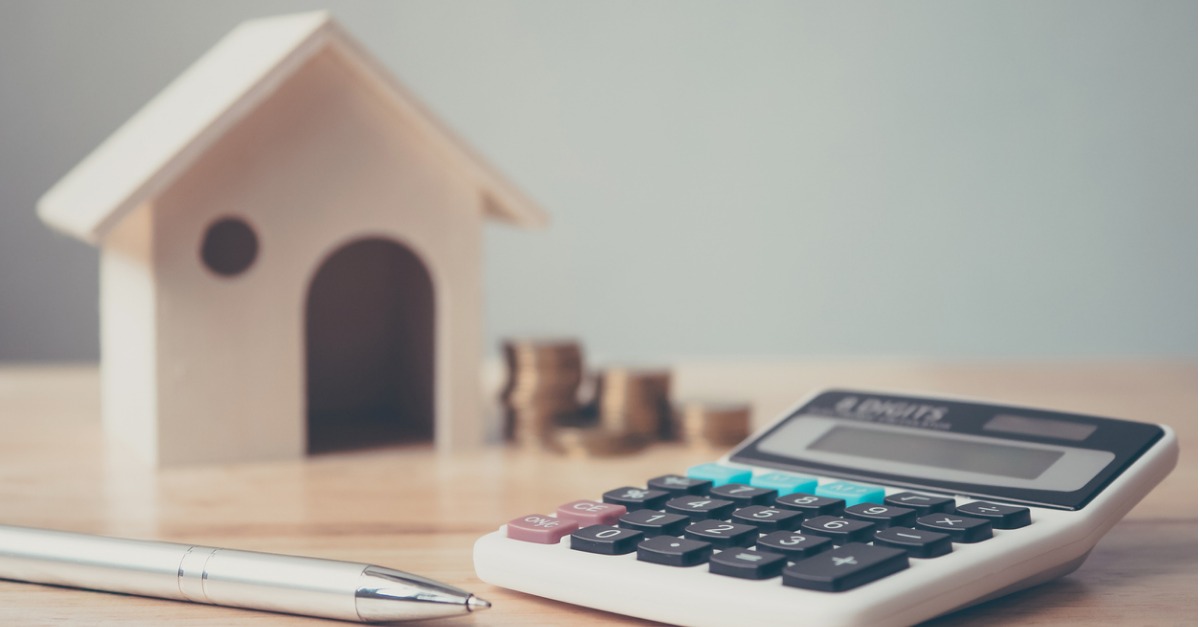Local governments and school districts raise a large portion of the money that goes toward paying for education, emergency services, transportation and other public goods through property taxes. The amount that individual homeowners pay is determined by the assessed property value and the mill rate. Each of these is calculated through a complex process.
How Property Values Are Assessed
An assessor will determine the value of your home, which can change over time due to depreciation, improvements you make, the local economy and housing market. Assessors may use any of three methods to calculate the value of a home. In some cases, they use a combination of two or more methods.
One way to determine the value of your home is by looking at the sales of comparable properties in the area. Those figures are used as a baseline and can be adjusted to account for the location of your property, the amount of land it sits on and any upgrades you have made.
Another way to assess the value of your house is to figure out how much it would cost to replace it if it were destroyed, a calculation that will include local material and construction costs.
A third method of assessing your property’s value is to calculate how much income you could generate by renting it. The assessor will consider market value and will deduct costs to manage and maintain the property, as well as insurance premiums and taxes.
You should receive a statement showing the assessed value of your property. If you disagree, you can submit relevant information and ask the assessor to review the calculation taking the additional facts into account. If you accept the assessment, you will receive a separate property tax bill.
How Tax Bills Are Calculated
A mill levy is a tax rate used to determine how much property owners must pay. One mill is equal to one-tenth of one cent. County and local governments and school districts set their own mill levies based on the amount of money they need to raise and total property values in the area under their jurisdiction. Property owners then pay a mill rate that can include a total of county, state or town and school district mill levies.
The mill rate will be multiplied by the assessed value of your property to determine your property tax liability. You may receive a tax bill once a year or once every several years, depending on the government’s policy. If you have any questions about how much you will owe and when, you can visit the assessor’s office or look up the information on its website.
The Benefits of Understanding How Property Taxes Work
Property taxes can vary widely based on where you live, the value of your home, and how much money the local government and school district need to raise. Knowing how your home’s value is assessed and how property taxes are calculated can help you avoid being shocked by the size or timing of the bill.











